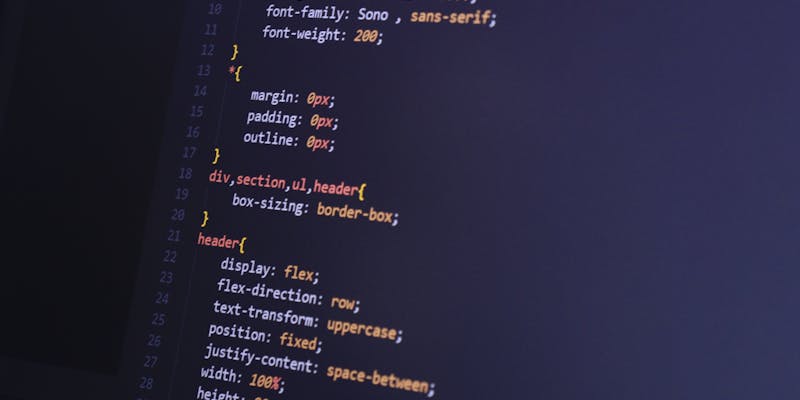Cybersecurity experts at Tenable recently uncovered a critical flaw in Amazon Web Services’ infrastructure, specifically within its Managed Workflows for Apache Airflow (MWAA). Termed ‘FlowFixation,’ this vulnerability presents a serious risk for AWS MWAA users. The exploit allows attackers to take control of user sessions and remotely execute arbitrary code on the compromised MWAA systems. The threat underlines the need for robust security practices in cloud services, as enterprises increasingly rely on these platforms for their scalable and flexible computing resources. AWS, known for its extensive cloud offerings, including storage, computing power, and various managed services, places high importance on maintaining the trust of its users by ensuring security. Effective patch management and reactive incident response are crucial in addressing such vulnerabilities. AWS users, particularly those utilizing MWAA, are urged to remain vigilant and apply all security updates and best practices to guard their systems against potential FlowFixation exploits and any similar cybersecurity threats.
The Intricacies of Session Hijacking through FlowFixation
Understanding the Vulnerability
FlowFixation originated from a critical session fixation vulnerability in MWAA’s web management interface. This security flaw allows an attacker to hijack a legitimate session by setting a predefined session token. Once a user logs in, the attacker gains improper access, potentially compromising sensitive actions such as accessing key connection details and triggering operations via complex DAGs. This problem is exacerbated by the fact that it opens doors for extensive remote code execution, posing a significant threat to organizations that depend on AWS’s cloud services. If exploited, this could lead to severe security incidents, underscoring the need for robust protection measures. Given the widespread use of AWS for various business operations, the implications of such a breach are far-reaching, highlighting the importance of vigilant security protocols within cloud-based platforms to safeguard against such exploitations.
Domain Misconfigurations Adding to the Perils
In addition to the issue of session fixation, there were significant concerns highlighted about mistakes in domain settings that could precipitate cross-site scripting (XSS) attacks. Such attacks occur when harmful scripts find their way onto trusted websites, due to these security lapses. A report by Tenable pinpointed a critical error involving AWS domain names that were not properly listed on the Public Suffix List (PSL). The PSL is an important tool that helps web browsers to identify domains that need to be kept distinct for security reasons.
Because AWS domain names were missing from the PSL, a vulnerability called “cookie tossing” was possible. Cookie tossing can be quite detrimental; it allows the placement of cookies from a higher-level domain onto its subdomains without authorization. This effectively undermines a swath of security measures, including cross-site request forgery (CSRF) defenses and same-origin policy enforcement. Essentially, because different parts of the domain were not recognized as separate by browsers, exploiters could bypass controls intended to ensure that scripts run only within their appropriate context, maintaining the website’s integrity. This oversight in domain configuration could have far-reaching consequences, potentially compromising user data and site functionality.
Cloud Platforms’ Response and the Reconfiguration Efforts
AWS’s Swift Action to Mitigate Threats
AWS acted swiftly upon discovering the FlowFixation flaw, implementing a vital patch to rectify the vulnerability. Their proactive measures didn’t stop there; they also revised their domain configuration to enhance security. To counter the risk of cross-site scripting (XSS) attacks that could occur due to the misconfiguration, AWS incorporated these domains into the Public Suffix List (PSL). This strategic move instructs web browsers to regard these domains as separate entities, significantly mitigating potential exploitation risks.
This prompt and effective response by AWS to secure flaws in their system underscores the firm’s dedication to protecting its cloud infrastructure. Ensuring customer data security remains paramount, and AWS’s vigilance in this recent incident demonstrates its ongoing commitment to maintaining the integrity of its service. It’s these types of robust security measures that fortify trust in AWS’s cloud services, as they continue to show that they can quickly adapt and safeguard against emerging threats in the dynamic digital landscape.
Broader Implications for Cloud Security
The revelation of FlowFixation underscores the critical nature of cloud domain architectures. Misconfigurations can lead to far-reaching risks, especially in shared cloud services that host multiple customers. In response to such threats, Azure has followed AWS in enhancing their Public Suffix List (PSL) settings to prevent similar issues, while Google Cloud maintains a different stance, not finding an immediate need for such adjustments. This divergence in responses highlights the varying attitudes within the industry about addressing potential vulnerabilities.
Tenable’s discovery has emphasized the need for unwavering vigilance in the cybersecurity landscape of cloud environments. Cloud providers and users must recognize the complexity of defending against threats and the importance of maintaining a strong security posture to protect their data and operations. FlowFixation is a reminder of the ongoing necessity for continuous monitoring and rapid response to security issues, ensuring the resilience of digital infrastructures against evolving threats.

